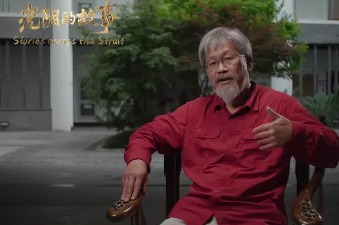China issues white paper on democratic reform, achievements in Tibet


White paper tells story of abolishing feudal serfdom via democratic reform in Tibet
A white paper issued Wednesday by China's State Council Information Office recounted the story of abolishing feudal serfdom through democratic reform in Tibet some 60 years ago.
After the peaceful liberation of Tibet in 1951, the People's Liberation Army (PLA) and Communist Party of China (CPC) organizations in Tibet worked hard to benefit the local people through measures including giving free medical treatment, building water conservancy projects, and providing disaster rescue and relief, the white paper said.
In July 1954, ice collapse caused disastrous floods in the upper reaches of the Nyangchu River. The floods drowned 91 people and destroyed 170 villages, affecting more than 16,000 people. In response, the central government allocated 800,000 silver dollars for disaster relief. The CPC Gyantse Working Committee and the local PLA garrison also fought the floods and provided succor to the victims, it said.
As a contrast, in March 1956, Nagchu Dzong (present-day Seni District of Nagqu City) was stricken by a catastrophic blizzard. The government of Tibet did not send relief to victims, but urged them to pay their rents without offering any reduction or exemption, according to the document.
The contrast awakened the people in Tibet and some serfs stood up to oppose oppression and exploitation, it said, adding that some members of the upper class in Tibet also began to support democratic reform and see it in a more positive light.
In rural areas, which had a population of 800,000, the central government mobilized the people in a campaign against rebellion, corvee labor, and slavery, and in favor of lower rents for land and a reduction of interest on loans. Subsequently, the central government distributed land to peasants so as to completely eradicate feudal serfdom, it said.
In monasteries, by means of prudent and steady measures, the CPC launched a campaign against the rebellion, feudal privileges and exploitation, and dealt with matters of political persecution, class oppression, and economic exploitation, it said, adding that these measures abolished feudal privileges, exploitation and the system of oppression.
After the democratic reform, 553 monasteries housing over 7,000 monks and nuns were retained in Tibet, which fulfilled the religious needs of local believers, it added.
- AI should be used to inject more vitality into city culture, experts say
- Nobel laureate delves into whether life exists elsewhere at Fudan University
- Leonid meteor shower seen in China's Heilongjiang
- China moves to accelerate modernization of state forestry farms
- Autonomous vehicles charting new path
- Azerbaijani youth has a passion for Chinese language and culture





































